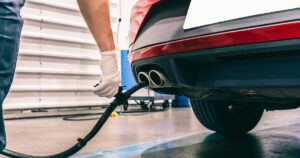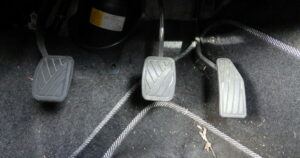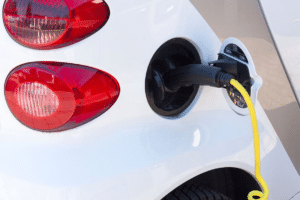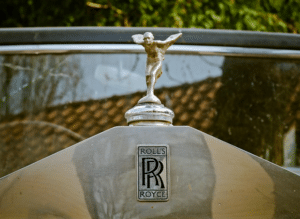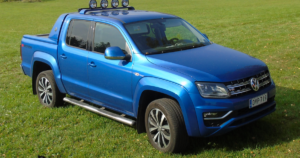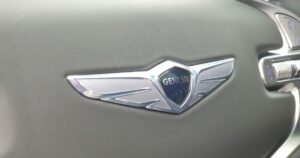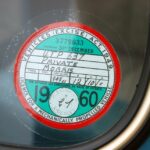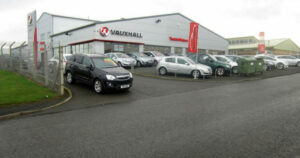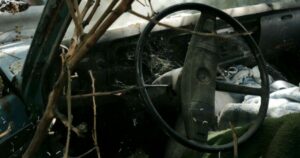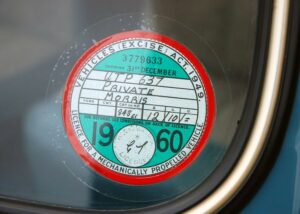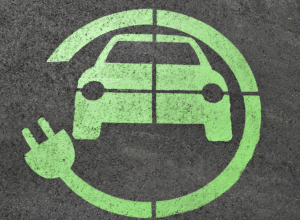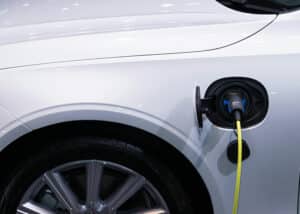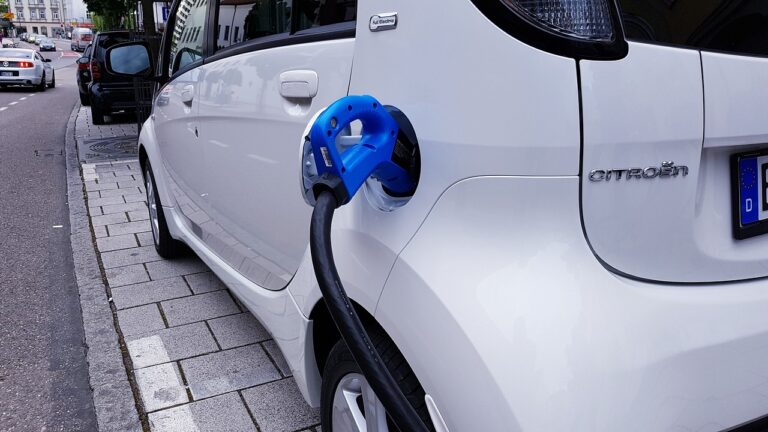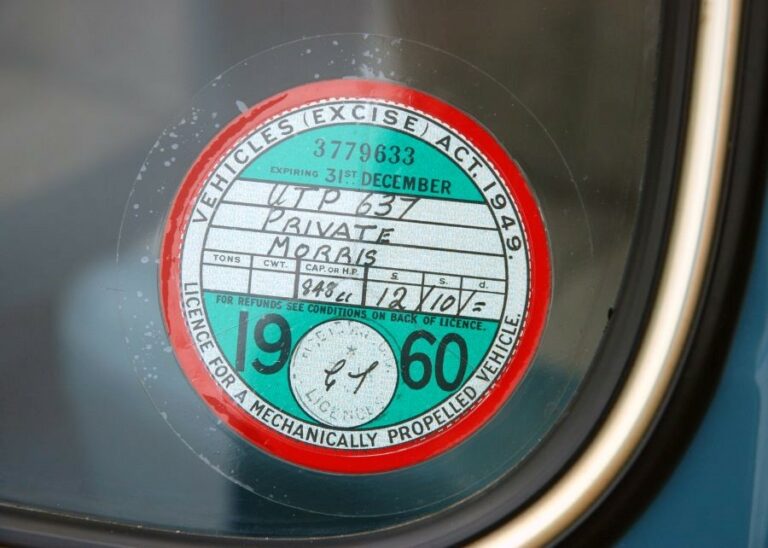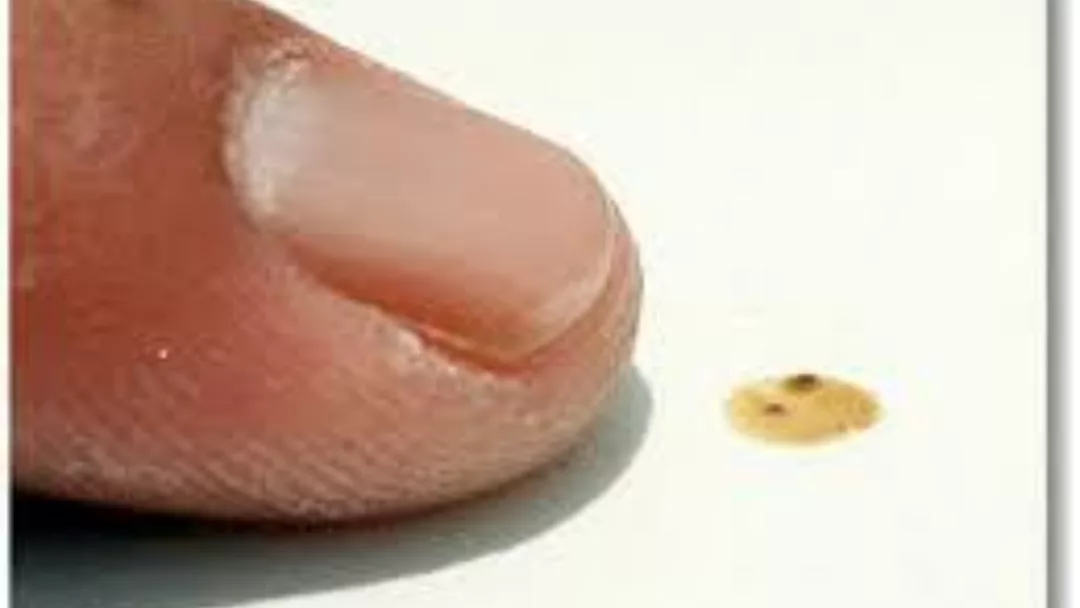
So you’ve just finished polishing your pride and joy for the last 3 hours on your sunny summer Sunday afternoon off?
Just as you’ve finished putting your bucket, jet-washer, sponge, chamois and special polish away you go out for an approving glance at your gleaming paintwork but hang on, am I seeing things, what the **** are those 2 or 3 little yellow splatters that have literally just appeared on your now otherwise spotless bonnet?
That’s Bee Poo, my friend. Yep Bee Poo!
Your car is parked up on a Honey Bee flightpath and they really don’t care what car you own or if you’ve just wax polished.
And unlike Bird poo, it’s sticky, it’s sticky like glue, and it does not want to budge.
Why is it stuck so fast? Well, it primarily consists of thousands of undigested pollen fat which creates a glue plus pollen grains from previously visited flowers.
Healthy Bee poop is (not unexpectedly) yellow in colour its appearance is normally a droplet, a sausage shape or a good old regular splat.
Bees do not poo on their own doorstep, so check their flight path.
Honey Bees are very hygienic and will do everything possible to keep the hive clean to ward off any infection and protect the Queen at all costs from any cross-contamination from other hive colonies.
The Queen Bee does poop in the hive as I guess she doesn’t really have much choice but her workers will clean her poop. Well, she is Queen.
You may now also recognise it on your window sills, fences, garden furniture, and flowers.
So beware, if you park your car close to a hive or on the flightpath of a colony of Bees in their active Spring and Summer months you may be spending a bit of your spare time polishing and re-polishing. (Read on for the best ways to get rid).
However, in winter months when worker bees do not leave the hive to forage, they will take very short poop breaks or professionally known as ‘cleansing flights’ to do their business. They may then poop on the top of the hive itself so it shouldn’t be a problem all year round, unlike the blooming Birds.
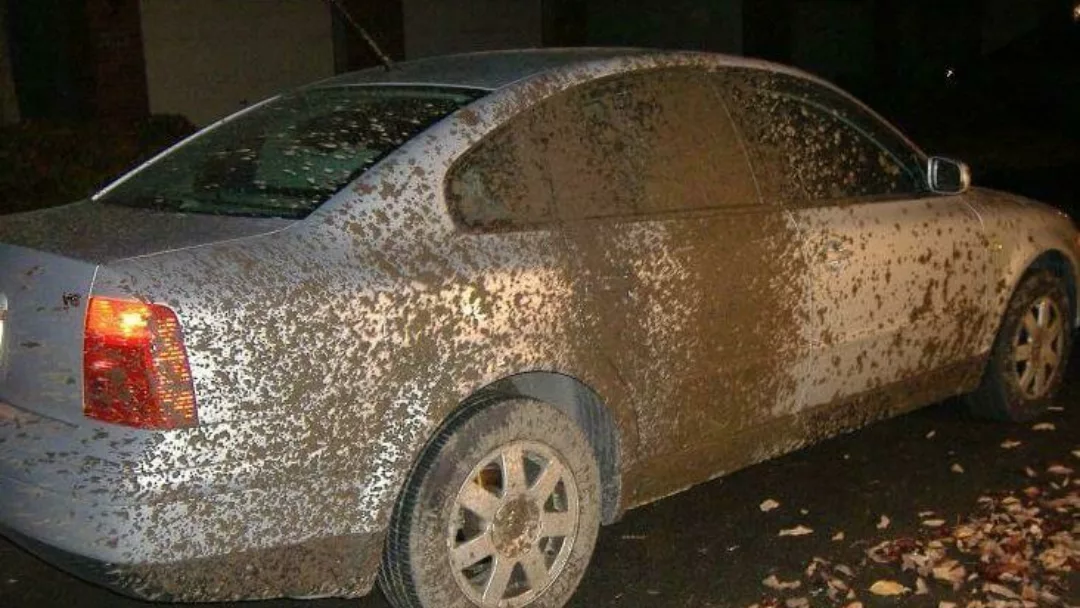
Extreme I know but the above image has been caused by Honey Bees!
Okay, enough about Bee poo, all I need to know is how I get if off?
Many professional car washes complain about the trouble they have removing it, the usual jet washing doesn’t have great success and added chemicals don’t make much difference but we’ve discovered there are basically 2 methods;
Finger nail, erm yeah it does the job but if you don’t fancy a bit of Bee Poo under your finger nail then we should definitely recommend to you a Clay Bar, go for a Medium strength Clay Bar which cuts through the gluey substance with a surprisingly light rub and puts any cleaning chemical to shame, they are available from all good Car Accessory shops and online stores.
If you would like any more information on keeping Bees or to help raising the standards in Bee keeping please go to the British Bee Keepers Association which was founded in 1874.
I feel that I should explain why I’ve written this blog as it seems completely random to our usual motor industry insights, so I must tell you my reasoning, a friend and colleague of Jamjar’s who tends a couple of Bee Hive colonies at home has recently run into a bit of trouble with a neighbour who has been demanding what he’s going to do about his Bee’s poo stuck fast to his car. It tickled me and I just had to investigate further.
Please read our other blogs for our more usual and more topical motoring insights!











